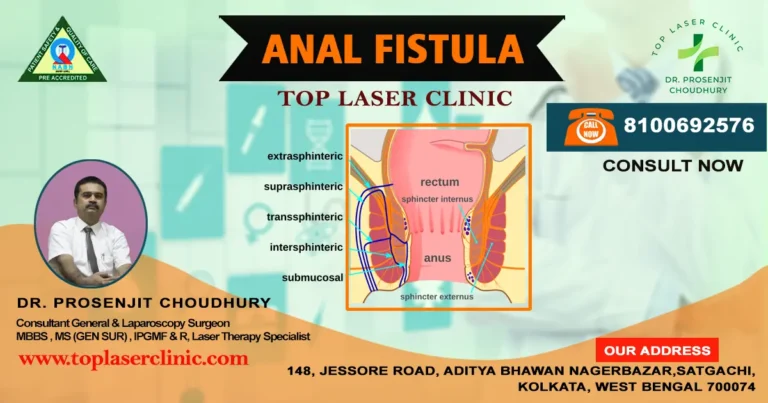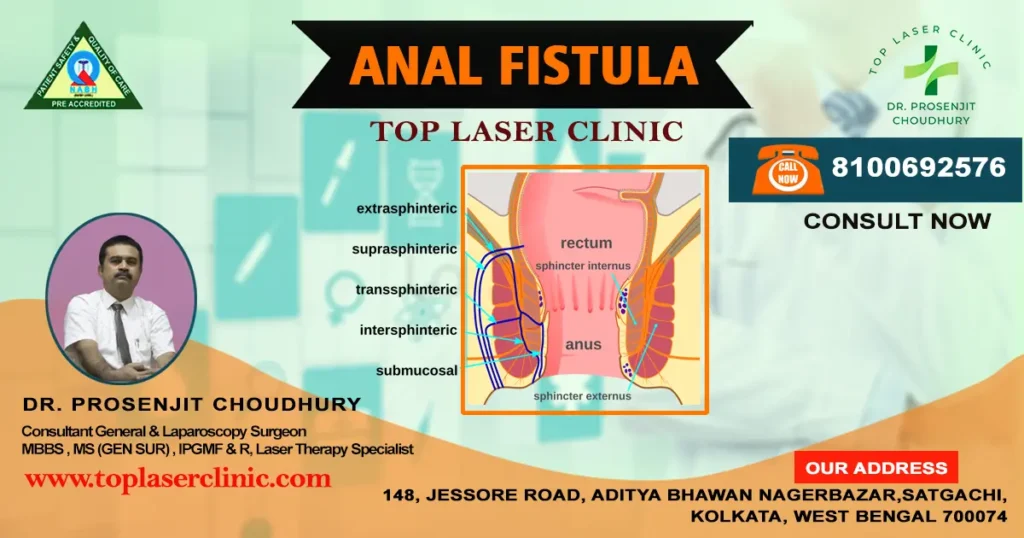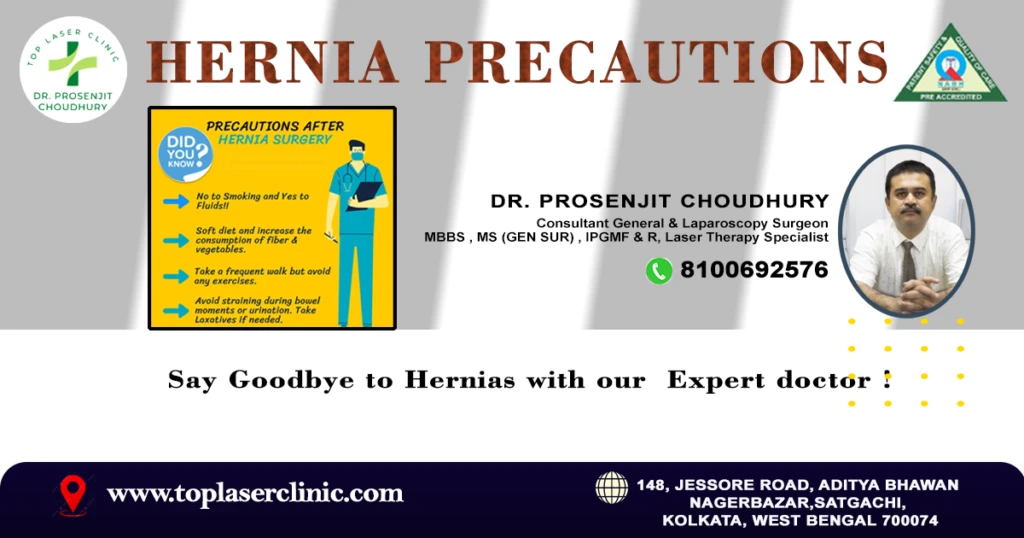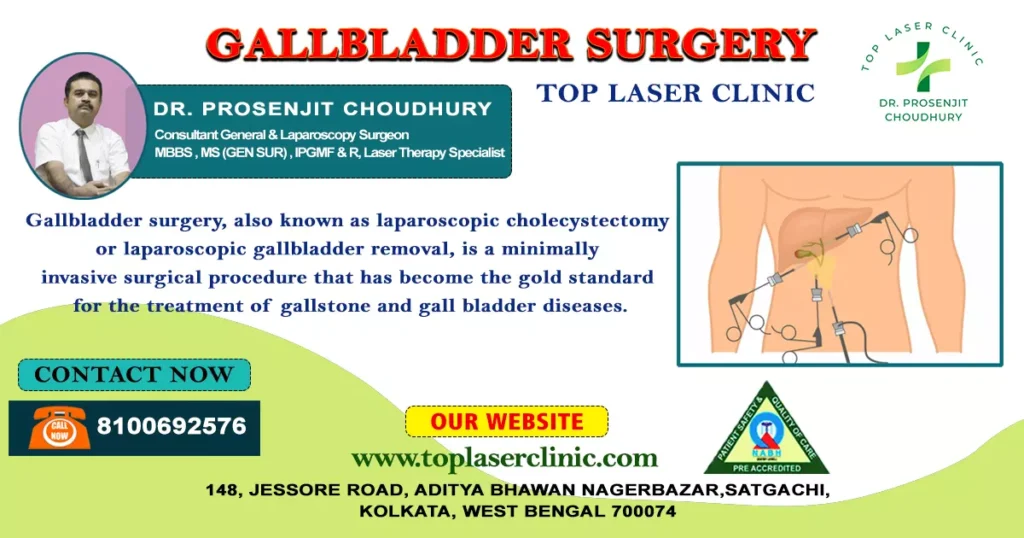
Table of Contents
What is Gallbladder Surgery
Gallbladder surgery, also known as laparoscopic cholecystectomy or laparoscopic gallbladder removal, is a minimally invasive surgical procedure that has become the gold standard for the treatment of gallstone and gall bladder diseases.
The gallbladder is a small, pear-shaped organ located under the liver. Its main function is to store and concentrate bile, a fluid produced by the liver that helps in the digestion of fats.
Types of Gallbladder surgery
There are two types of gallbladder surgery:

1. Open Cholecystectomy:
This traditional approach involves making a large incision in the abdomen to remove the gallbladder. It was the standard method in the past, but now it’s used less frequently due to advances in minimally invasive techniques.
2. Laparoscopic Cholecystectomy:
The most common method for performing gallbladder surgery is laparoscopic cholecystectomy, which is a minimally invasive technique. It is minimally invasive and involves making several small incisions in the abdomen through which a laparoscope (a thin, flexible tube with a camera) and surgical instruments are inserted.
The surgeon uses the camera to visualise the area and perform the surgery, guided by the images displayed on a monitor. These include smaller incisions, reduced pain and scarring, shorter hospital stays, quicker recovery times, and lower risk of complications.
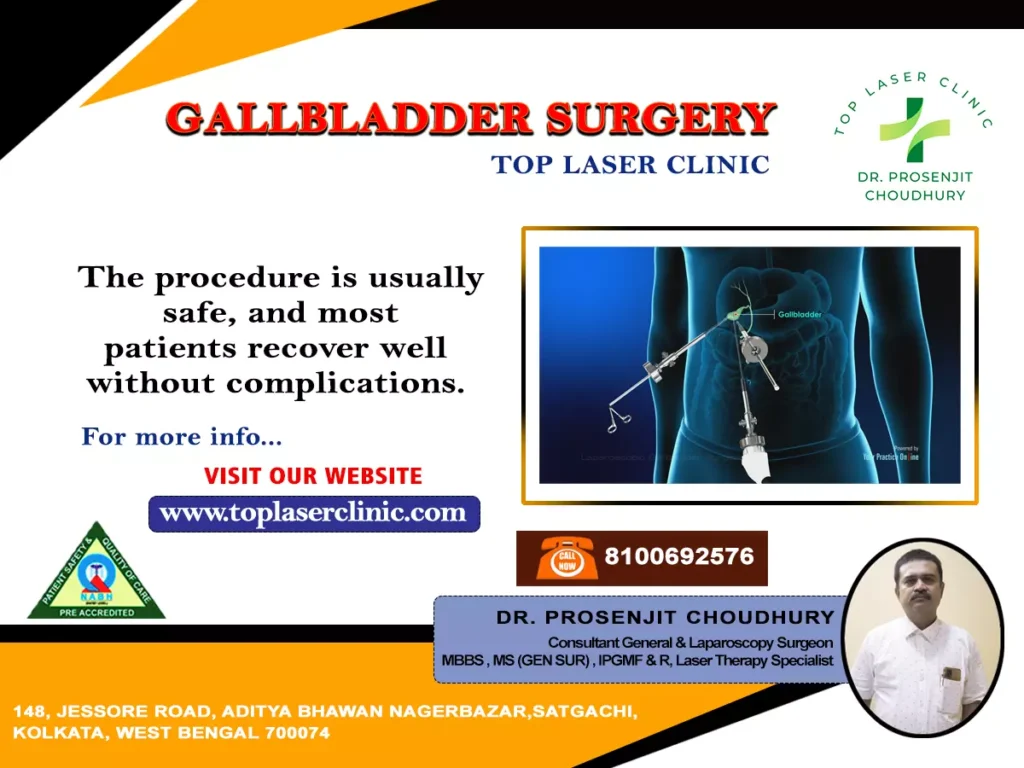
When Gallbladder surgery is recommended
Gallbladder surgery is typically recommended for the following conditions:
1. Gallstones:
When gallstones form in the gallbladder and cause pain, inflammation (cholecystitis), or blockage of the bile ducts.
2. Gallbladder inflammation (cholecystitis):
Inflammation of the gallbladder often caused by gallstones.
3. Gallbladder polyps or tumors:
When polyps or tumors are found in the gallbladder, they may need to be removed to rule out malignancy or prevent complications.
The procedure is usually safe, and most patients recover well without complications. However, as with any surgery, there are potential risks and side effects, such as infection, bleeding, injury to surrounding organs, or bile duct injury. Your doctor will discuss these risks with you before the surgery.

